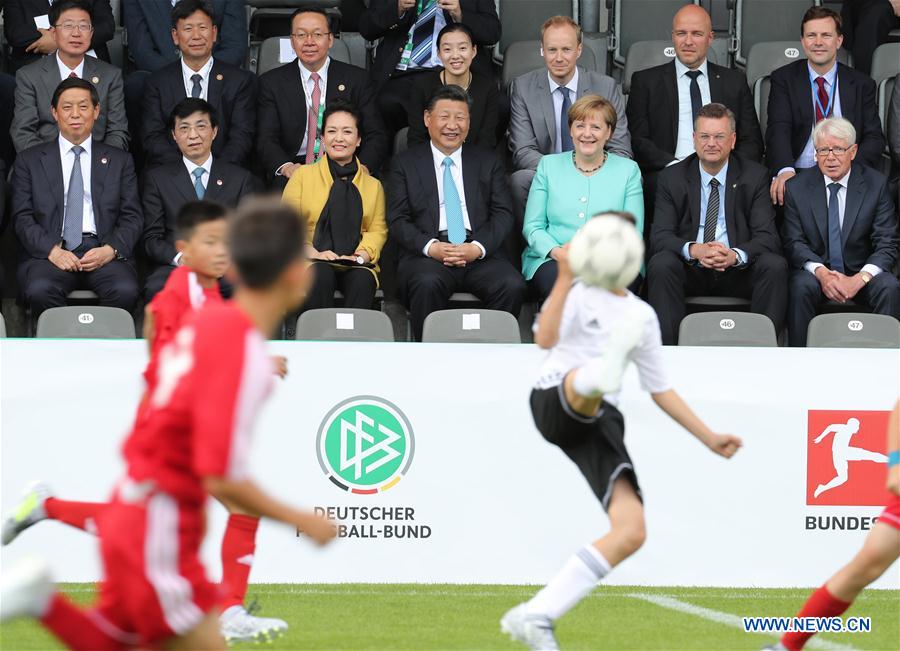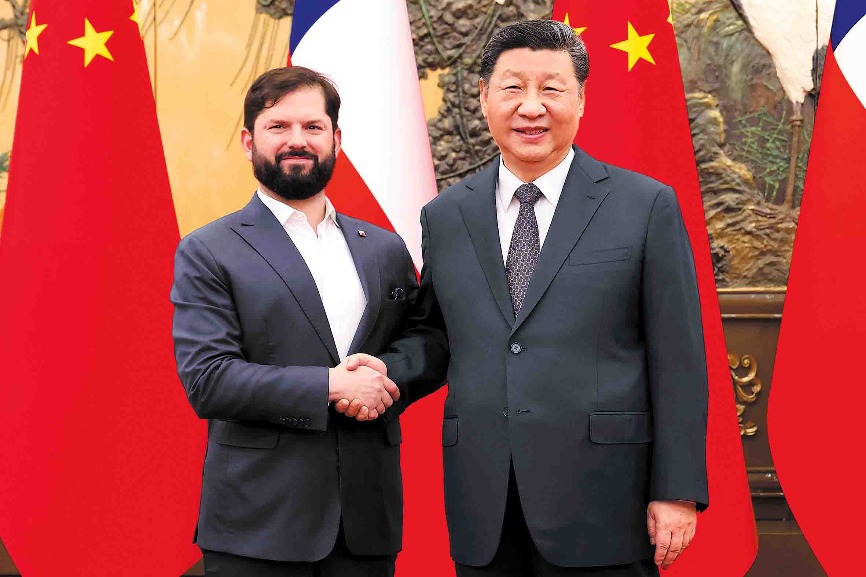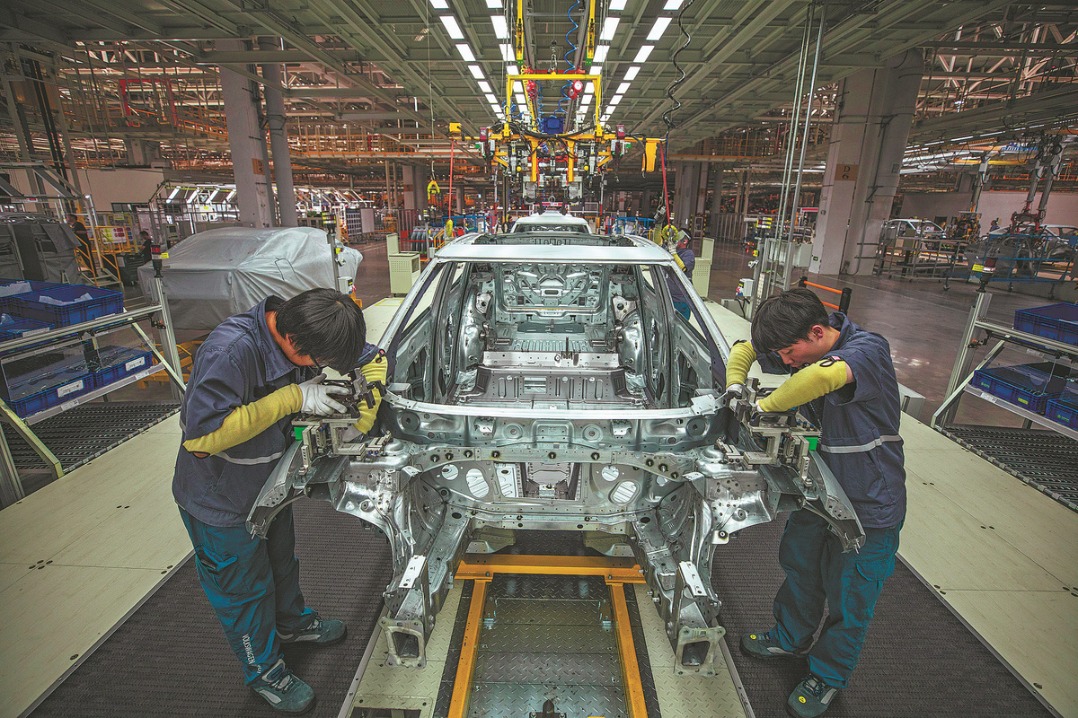Much still to be done to achieve goal of improving national soccer team


Japan's performances in the ongoing World Cup in Russia should prompt China to reflect on the widening gap with its neighbor on the soccer field. People's Daily comments:
Soccer is one of the most popular sports in China, and the country is home to more than 200 million soccer fans. But despite the series of measures it has introduced to improve the sport, the results have been disappointing.
China started its professional soccer league in 1994, one year after the J League was established in Japan. But China's ranking in the world has fallen from around 50th to 90th since then, while Japan has risen from about 60th to 40th. This is mainly because Chinese clubs thirsty for quick success prefer buying star players from foreign countries rather than cultivating young talents, and because of the corruption in Chinese soccer, nurtured by hot money and slack supervision, which has ruined its image at home and abroad.
Japanese clubs diverted their attention from buying players to training home-grown talent in the late 1990s.
China's central authorities unveiled a soccer development plan in 2015 to resolve the aforementioned problems. Since then more than 20 billion yuan ($3.03 billion) has been spent promoting soccer in primary and middle schools, with the aim of establishing a multilevel training system for youngsters.
Also, the sports administration vowed in 2016 to double the number of soccer pitches in four years, which means there will be one soccer pitch for 20,000 people on average nationwide.
But it should not ignore the roles of clubs in youth training, as the experiences of the developed countries show school and grassroots soccer are the soil in which future professional players learn their skills while the clubs nurture the most promising young players.
Last but not least, the administrative body of soccer must set a good example by discarding its eagerness for instant success.

































